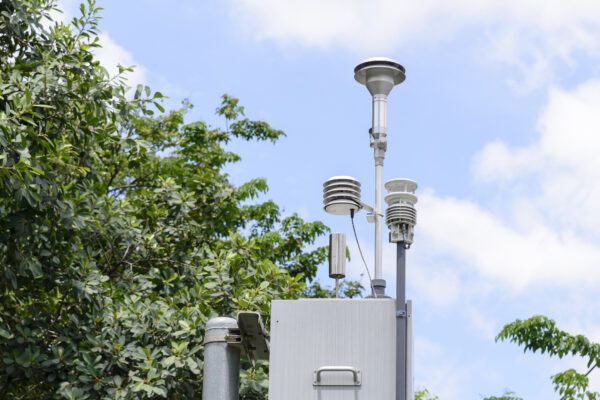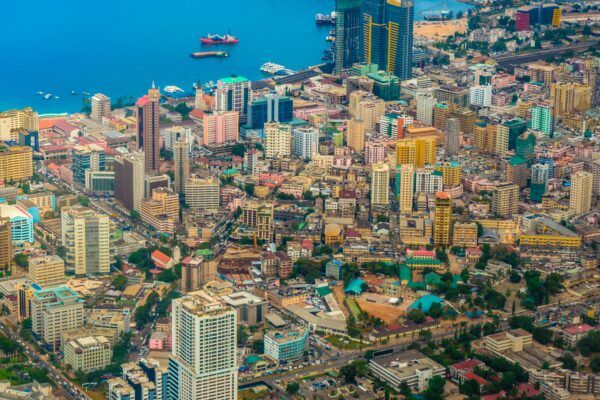Three-quarters of national governments are failing to provide fully transparent data on air pollution, slowing clean air progress. Sharing accessible and reliable air quality data is critical to controlling and reducing emissions globally.
A new report by OpenAQ, the world’s largest free open-source air quality data platform, offers insights into monitoring of air quality around the world and how data are shared.
An understanding of where and how air quality is monitored is important because air quality data underpin all actions on air pollution. They tell us how much pollution is in the air we breathe. They predict how air pollution will change in space and time. They shape our understanding of how air pollution impacts human health, climate change, ecological health and economic well being. Air quality data serve as an important foundation for the design, implementation, enforcement and assessment of the effectiveness of pollution control policies.
OpenAQ researched 197 countries to determine which have government-led air quality monitoring programmes. We also wanted to find out whether and how they are opening their monitoring data to the public. Here are some key insights from the resulting report, Open Air Quality Data: The Global Landscape 2022.
Only half of the world’s governments publicly share air quality data. A few more generate data, but do not share
Open data leads to health benefits, but only one-quarter of countries share useful data
When data are open to the public, they spur even greater pollution reductions and health benefits. A 2022 report by Jha and Nauze found that fine particulate concentration levels have fallen substantially in countries where the United States has installed air quality monitors on its embassies, while sharing the data openly and tweeting real-time reports on air quality.
Although 53% of countries publicly share their air quality data, most are not doing so in a way that is fully transparent and usable, i.e., sharing the pollutants’ physical units, sharing monitoring station locations, and sharing the data in a timely, analysis-ready format (programmatic access to near real-time data). In fact less than one-quarter of countries provide open access to maximally useful air quality data.
Investing in national government air quality monitoring programmes in just 17 countries could affect 1 billion people
There is no evidence of a national-level government programme for long-term air quality monitoring in 17 of the most populous countries, equating to a total population of 1 billion people. These are also countries where particulate matter (PM) pollution ranks as one of the top 10 risk factors for death and disability.
Greater data transparency would benefit billions of people
Many populous countries have partially shared their air quality data, but over 4 billion people would benefit from greater transparency through continued capacity building. Many of these countries face resource constraints (financial, technical expertise) in both establishing a regular monitoring program and fully opening the data to the public. A recent global survey of global air quality management practitioners describes these challenges further.

